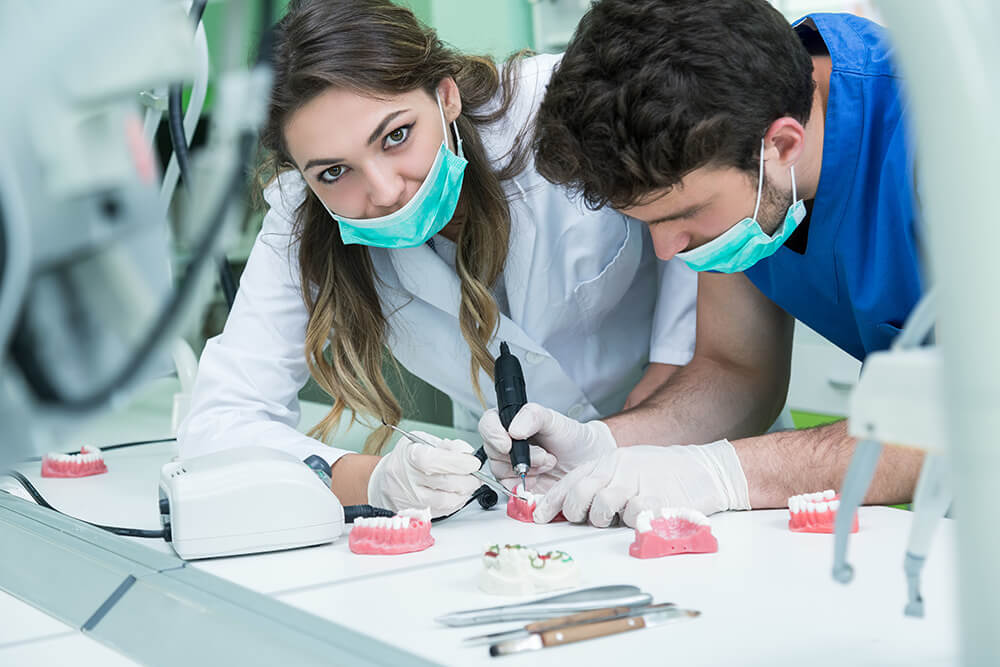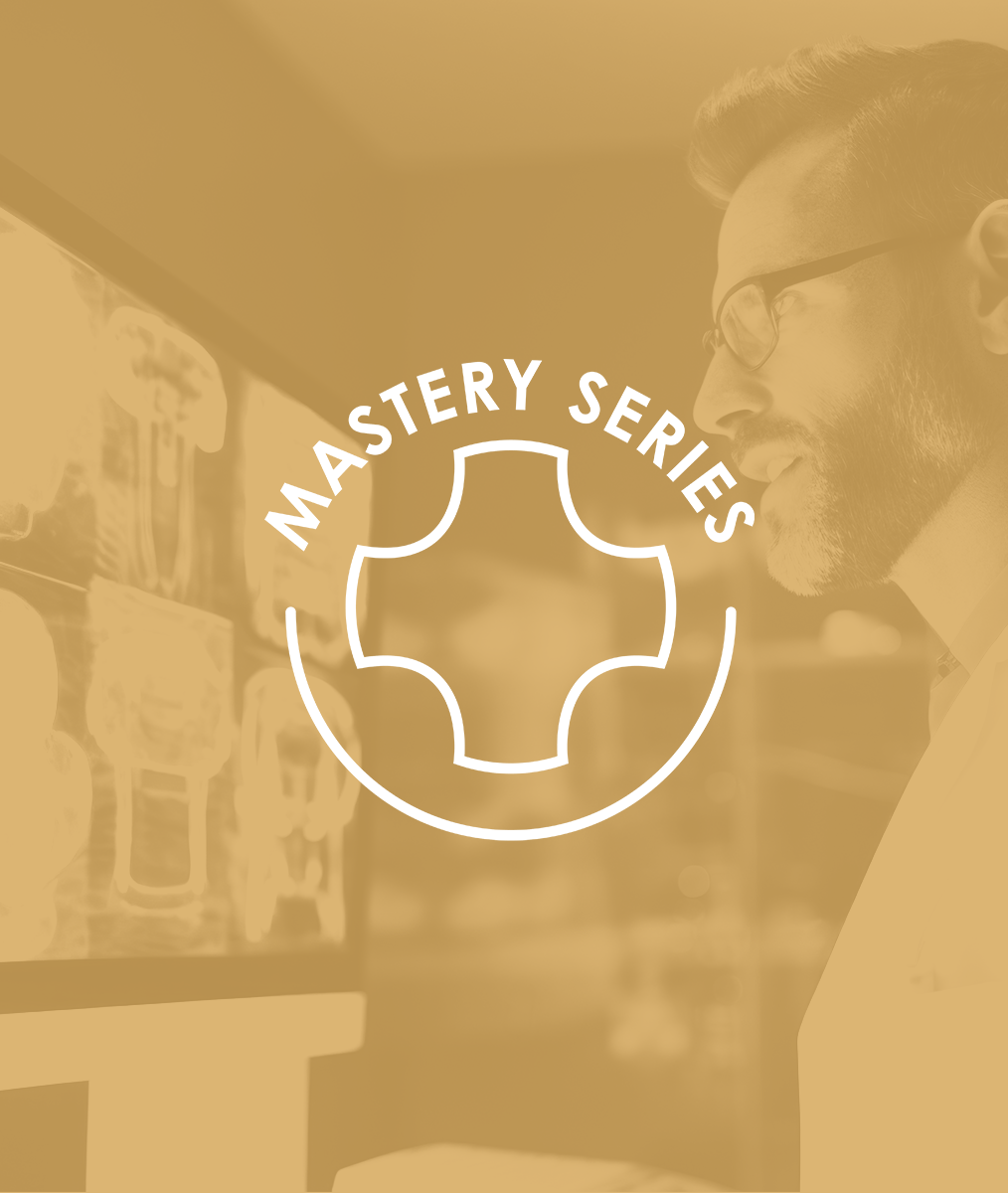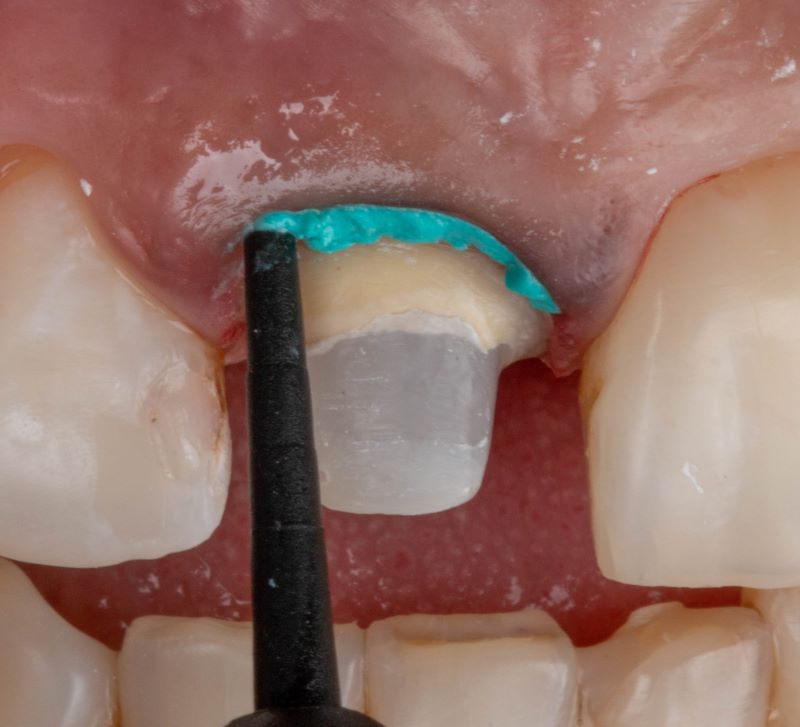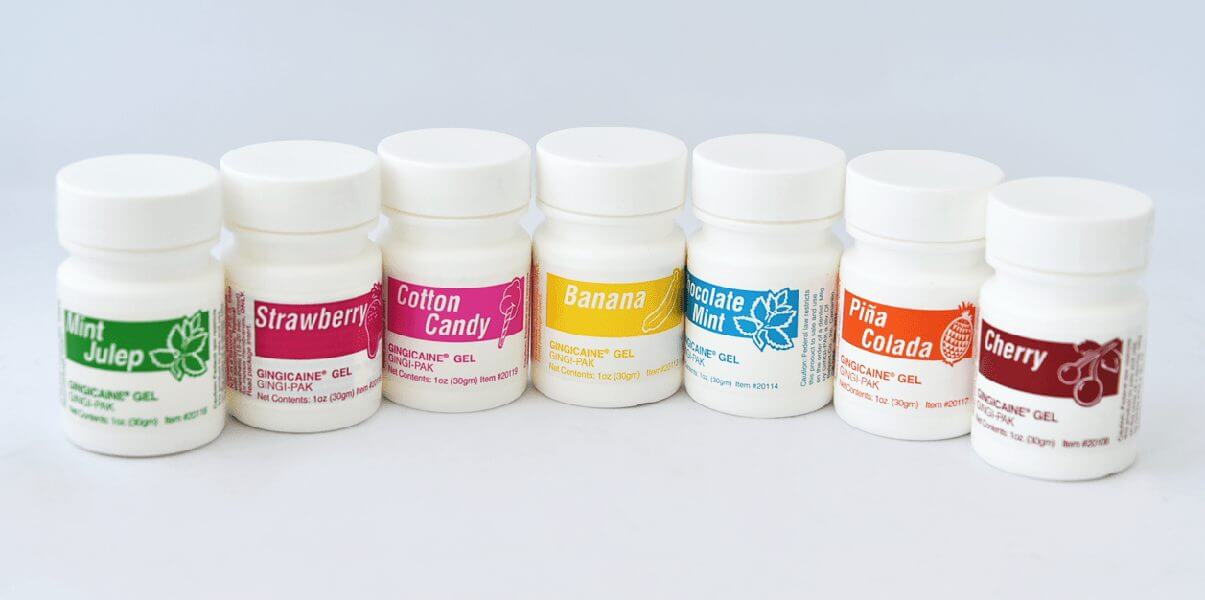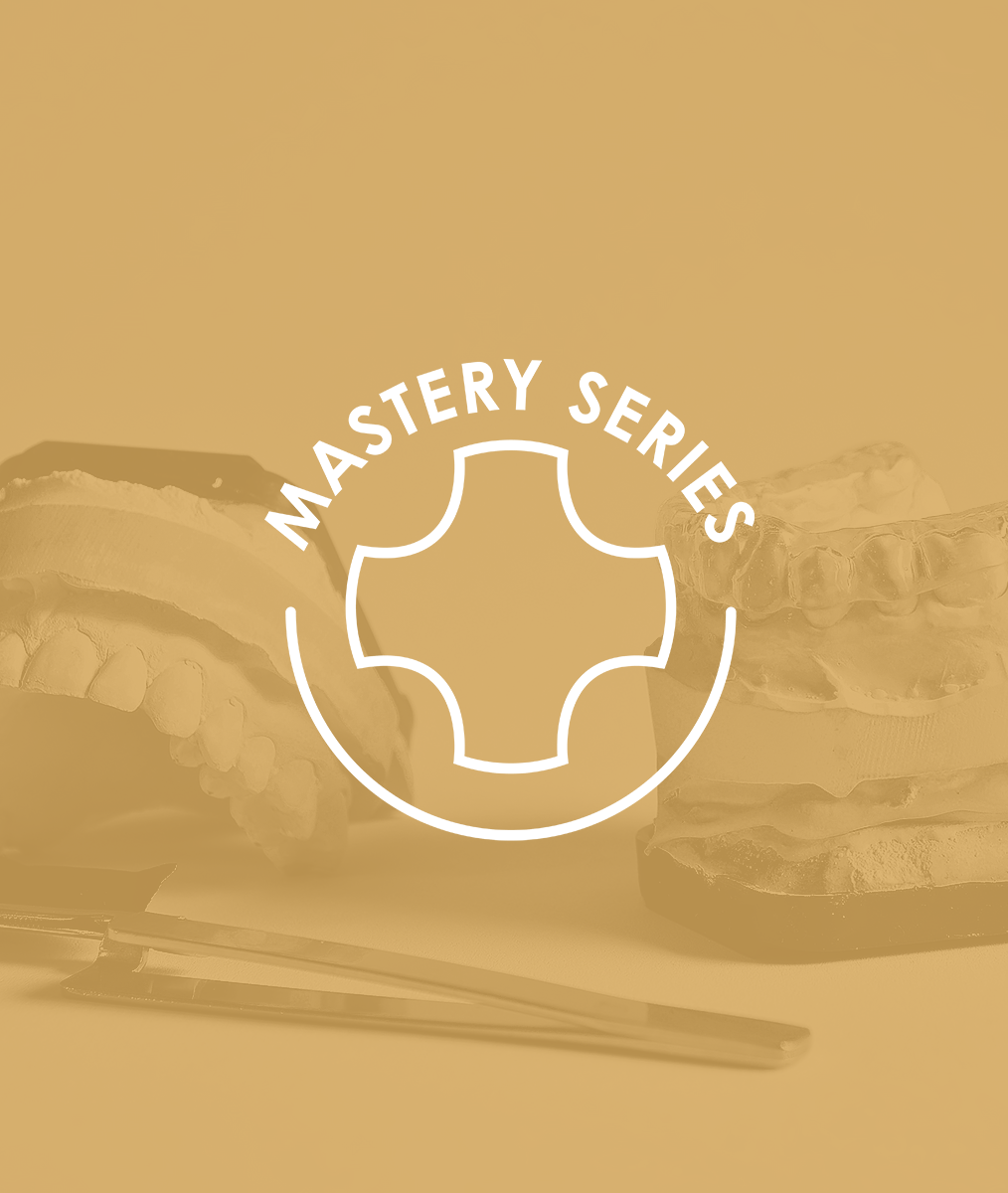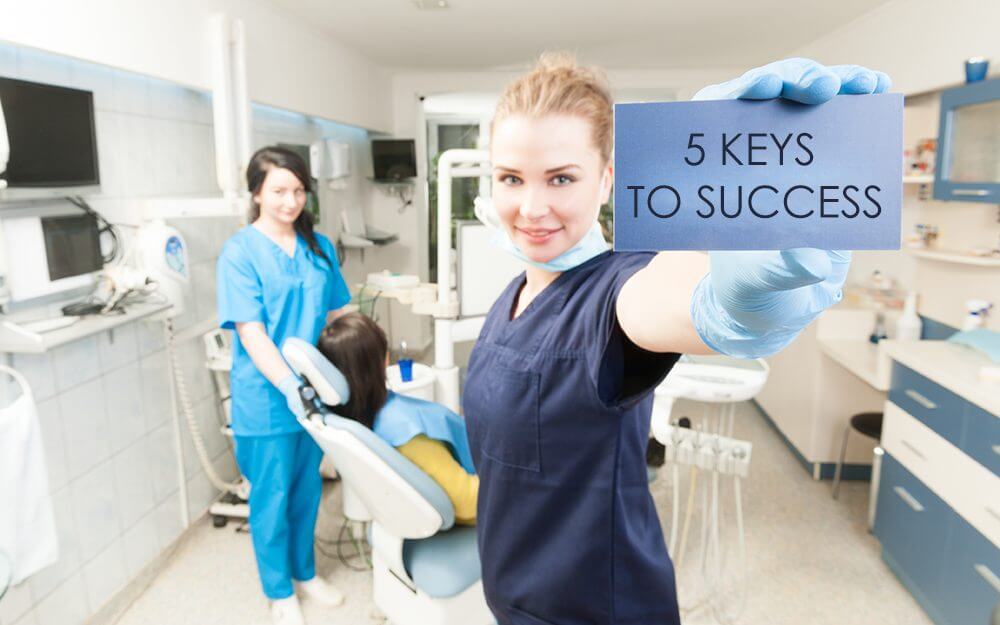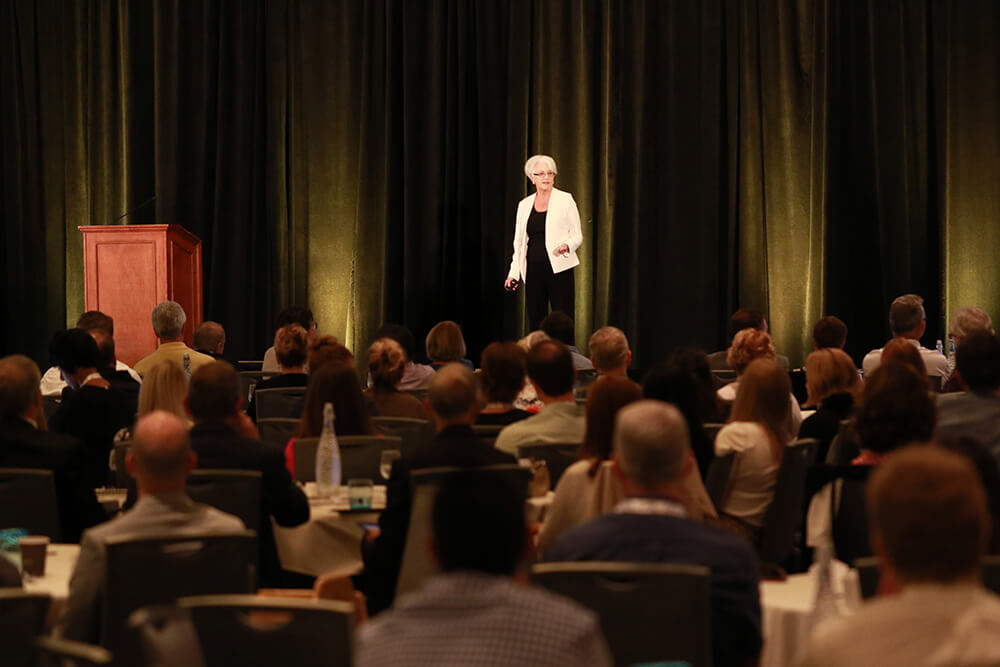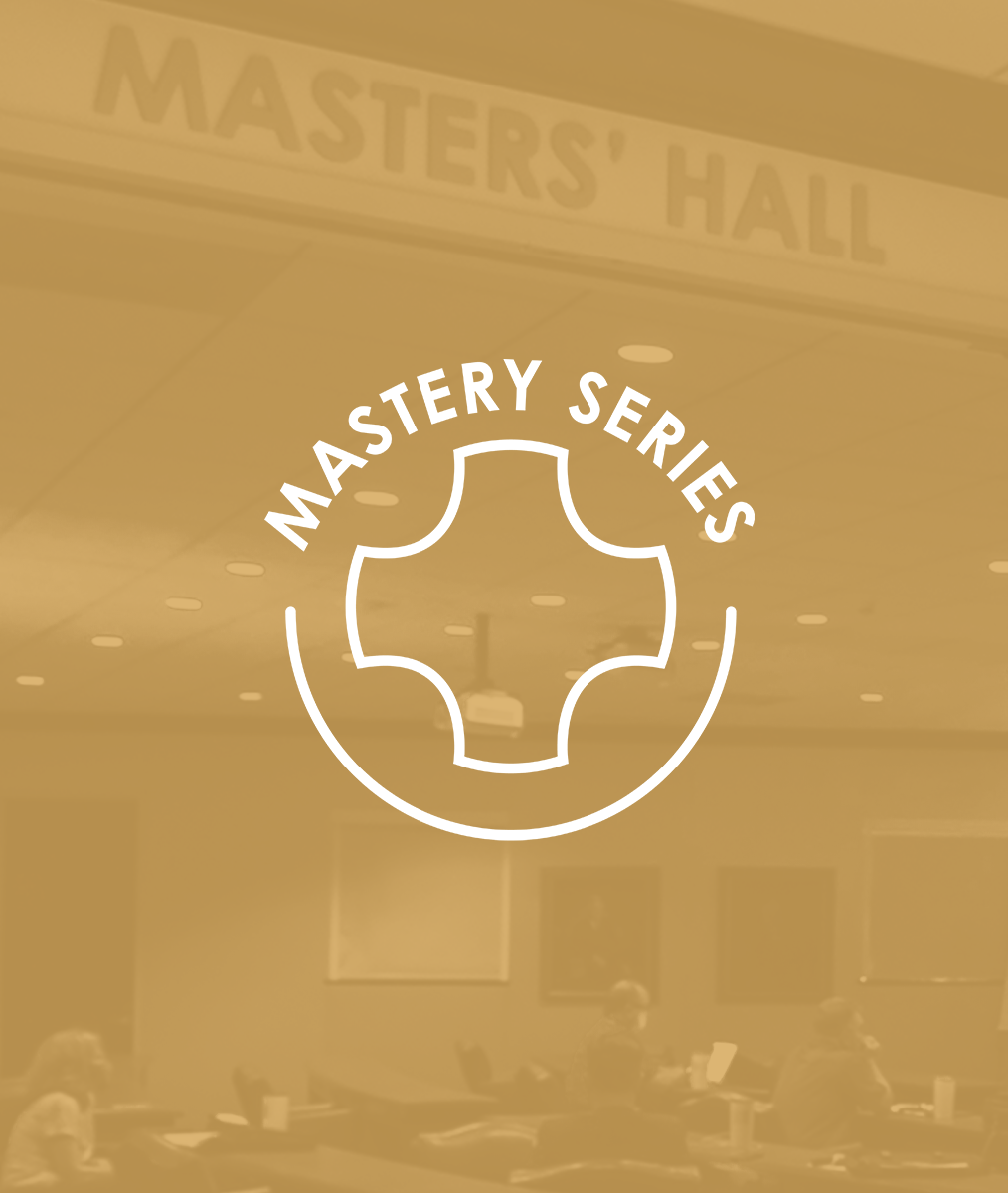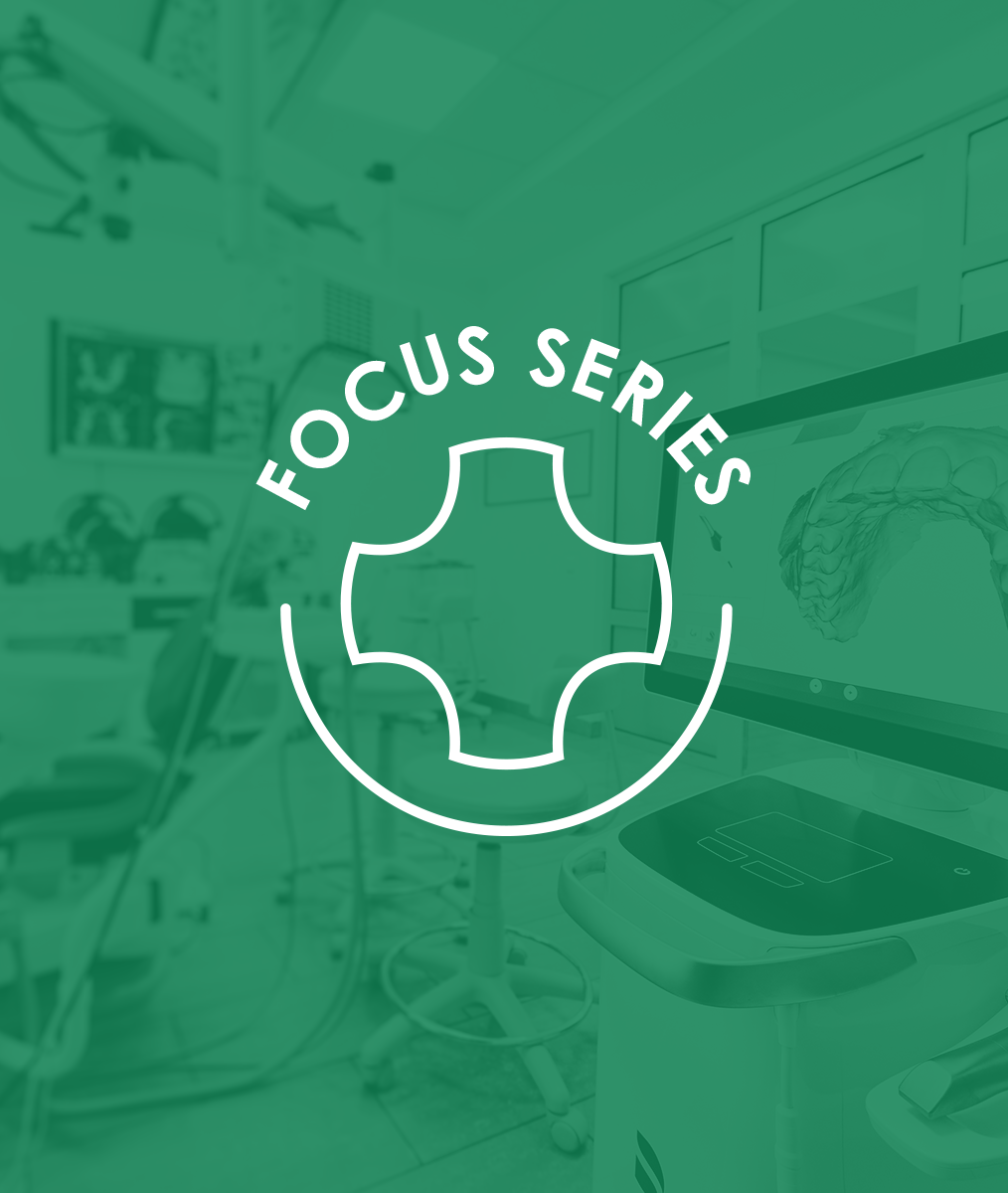Visit Your Dental Lab
One of my labs is out of state and one is close by. I don’t frequently visit my labs, even the one that is close by, as I find many reasons not to go. However, whenever I have visited the local lab, I experienced them differently than when speaking with them over the phone. Early this year I set aside some time to visit my local lab.
Chairside Challenges With Patients
We have challenges chairside with our patients… It could be the size of their tongue, how they open, the frequency of how little they open, and just like us, our labs run into problems. Oftentimes, they don’t have the whole picture. The patient isn’t sitting in front of them. They only have an impression, a scan, or a model. So, I went around to each person in the lab and asked them what they are looking for when working with a dentist, their concerns, and the roadblocks they come up against. How easy is it for them to pick up the phone and call us about some of the challenges they are experiencing while working with a case?
The visit accomplished a few things. One, we established a more open relationship. This means I’m going to call them as frequently as I need, and they are going to call me as frequently as they need. Two, we reviewed the case and they assisted me with my wax-up. We had an open and honest conversation in which they helped me understand how I can improve my work. We also got to know each other. This is important to me because I strive to have a relationship based practice. I want to be able to speak honestly with my patients and lab, to laugh, and to celebrate the things that are going well.
Conversations With Your Lab Technician
What you do chairside with your patient can be enhanced by conversations with your lab technician. I know that sounds obvious, but what I heard from my lab is that dentists are so busy, they don’t pick up the phone and reach out. And when the lab calls dentists about the challenges of a case, these busy clinicians frequently don’t want to be interrupted by the call. Typically, they don’t want to redo something.
The reality is that we are not perfect, and it is challenging for the lab to make decisions when they don’t have all the information. In my relationship-based practice, it is important for me to freely exchange feedback with my lab. We get feedback forms from labs so we can tell them how well they did. I want feedback from my lab, so I can learn how to improve what I do and understand the challenges they had. I’ve never had a lab willing to give me written feedback, but by developing relationships with the employees of my lab, I have learned some things that improved what I do. And it has made phone conversations with them easier to do.
Regular Laboratory Visits
When was the last time you stepped into the laboratory you use? Have you ever asked them how they can help you improve what you do? I urge you to visit your dental laboratory technician and open the conversation.
Related Course
Mastering Treatment Planning
DATE: October 2 2025 @ 8:00 am - October 4 2025 @ 1:30 pmLocation: The Pankey Institute
CE HOURS:
Tuition: $ 4795
Single Occupancy with Ensuite Private Bath (per night): $ 345
MASTERING TREATMENT PLANNING Course Description In our discussions with participants in both the Essentials and Mastery level courses, we continue to hear the desire to help establish better systems for…
Learn More>
